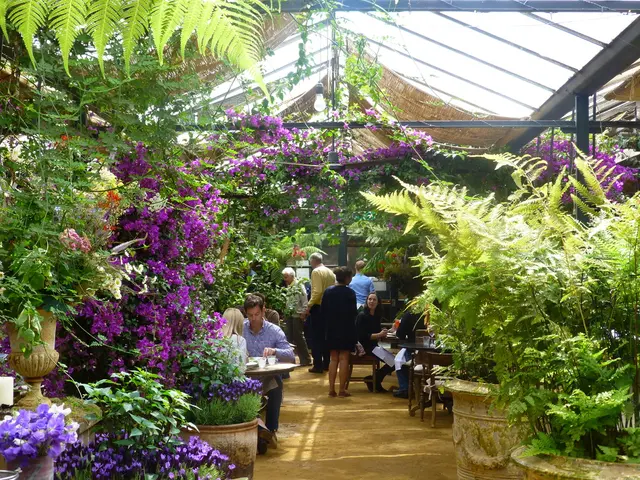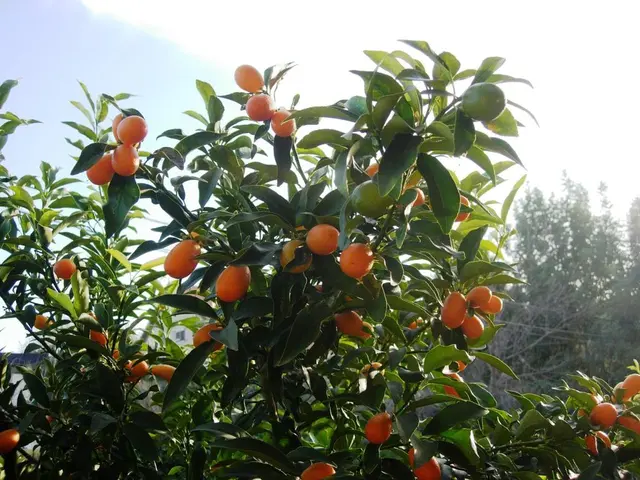Indoor Seed Sowing in January: Guidelines for a Vibrant Growth Period
January is the perfect time to begin your indoor seed-starting journey, setting the stage for a thriving garden come spring. By following these best practices, you can ensure strong germination, robust early growth, and well-timed transplanting for a bountiful harvest.
**1. Timing and Seed Selection**
Starting cool-season crops like lettuce in January is ideal, while pre-chilling seeds of heat-loving plants such as peppers (cold-stratification) helps break seed dormancy and guarantees strong germination once planted outdoors in early spring. To determine the best sowing time, use the frost-free date for your area to calculate when to sow indoors. For example, peppers and tomatoes are often started indoors 6-8 weeks before the last frost date.
**2. Breaking Seed Dormancy**
Breaking dormancy 2-4 weeks before sowing improves germination rates and leads to healthier plants with stronger root systems, better drought tolerance, and disease resistance. Pre-chilling or stratifying seeds as needed will help achieve this.
**3. Preparing Seed Starting Medium and Containers**
Use a high-quality seed starter or fine potting mix that is moist but not waterlogged. Fill seed trays or pots evenly, tamp down to remove air pockets. Plant seeds at a depth about twice their size according to the seed packet directions.
**4. Environmental Conditions**
Keep seeds warm and insulated to encourage sprouting. Ideally, use a heat mat or place them in a warm corner at around 65°F (18°C). Cover seed trays with clear plastic lids or wrap to retain moisture and warmth, removing this covering once seedlings sprout to prevent mold and encourage airflow.
**5. Watering and Care**
Water from the bottom by placing trays in an inch of water, allowing soil to absorb moisture to avoid damping off. Once sprouted, mist seedlings lightly from above when soil dries. Provide good lighting (natural or grow lights) to prevent leggy seedlings.
**6. Transitioning Seedlings Outdoors**
Harden off seedlings gradually by exposing them to outdoor conditions over 7-10 days before transplanting to the garden once frost danger has passed. This acclimatises the seedlings to the outdoor environment, reducing shock and promoting healthy growth.
**7. Seed Storage and Handling**
Store unused seeds at 32-41°F with low moisture (5-8%) in airtight containers with desiccants to maintain viability for future seasons and avoid costly replacements.
By following these practices, you can give plants a strong head start for a bountiful garden. Common mistakes to avoid in indoor seed starting include overwatering, underwatering, and not providing enough light. With a little patience and care, you'll be enjoying fresh, home-grown vegetables and flowers in no time!
In preparation for your home-and-garden lifestyle, set aside January as the ideal time to kick-start your indoor seed-starting journey, focusing on cool-season crops such as lettuce. To guarantee strong germination and early growth, consider pre-chilling seeds of heat-loving plants like peppers (home to a bountiful garden come spring).
Embrace gardening best practices, such as breaking seed dormancy 2-4 weeks ahead of sowing, for higher germination rates and healthier plants with stronger root systems, better drought tolerance, and disease resistance.




